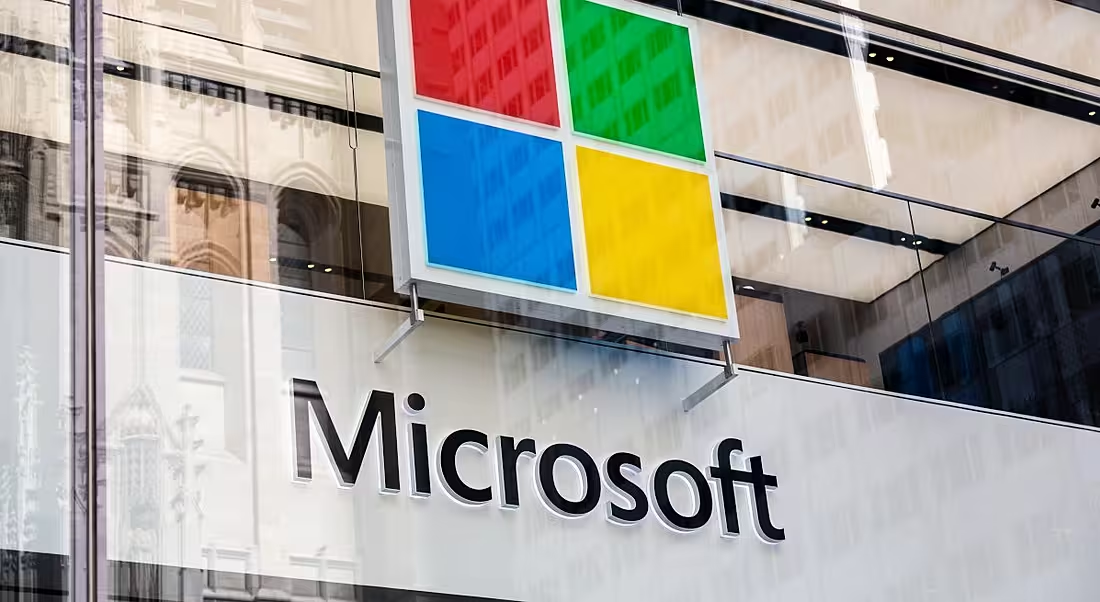Microsoft is gearing its campuses up for a hybrid return to work through attendance strategies, distanced workspaces, meeting space prototypes and more.
Last July, Microsoft told its employees that it wouldn’t require them to come back into the office until at least 19 January 2021. But a lot has changed since then. As the pandemic continues, the idea of a hybrid model has come to the fore and many companies are already preparing for a more flexible future.
Microsoft executive vice-president Kurt DelBene has published a blog post detailing the company’s vision for hybrid working going forward. “In the midst of numerous and difficult circumstances brought on by the Covid-19 pandemic, we’ve made important observations about the future of work and how and where our employees know they work best,” he wrote.
A year ago, Microsoft sent home employees from its offices apart from essential on-site staff. But DelBene said that many company sites around the world have now reached a stage that “meets or exceeds government requirements to accommodate more workers” and the company is taking necessary safety precautions for limited reopenings.
Those precautions include physical distancing of workspaces, face coverings, extensive cleaning procedures, daily health attestations and attendance strategies. DelBene added that staff wellbeing will be a priority as some employees return to offices and others remain remote.
In campuses where employees have already returned to the workplace in a hybrid capacity, Microsoft surveyed staff to learn more about what has and hasn’t been working. The results, based on the inputs of thousands of workers, showed that 54pc who have chosen to return to the workplace in a soft opening are spending less than 25pc of their time at a Microsoft office.
However, DelBene said that as vaccines continue to roll out and schools reopen, these figures may change and Microsoft workspaces will need to be ready.
Preparing for a hybrid return to work
So what precautions has Microsoft taken for its hybrid return to work? Firstly, DelBene said all work sites were assessed to see what adjustments needed to be made for physical distancing and to meet local health standards. Every employee and contractor will be provided with individual supplies, such as disinfectant wipes and face coverings, to use while on site.
To prevent overcrowding and adhere to local capacity guidelines, Microsoft has implemented attendance strategies for team-based or open and shared spaces and physical space changes.
It has also limited capacity in conference rooms, transport services and other shared facilities, posted signs in canteens and other common areas to remind staff to physically distance and installed hand-sanitising stations throughout its campuses.
“While vaccination rates continue to rise and are critical to easing the disease burden in our communities, the current rates do not lessen our on-site precautions or expectations at most of our work sites,” DelBene said. “We continue to monitor the impact of the vaccine as well as public health guidance to advise on any changes to our workplace as needed.”
A team of Microsoft researchers and engineers and real estate and facilities experts has been recruited to prototype hybrid meeting spaces at the company’s sites in the UK and its headquarters in Redmond, Washington. These could include multiple screens, cameras and mixed-reality scenarios, DelBene said, in a bid to find the “most effective, inclusive set-up for hybrid work”.
Microsoft’s hybrid future
Once the pandemic has reached a point that allows workplaces to fully reopen, working from home some of the time will become the standard for most roles at Microsoft. Based on their role requirements, Microsoft employees will be allowed to work from home less than 50pc of the time.
“Now and in the future, we have an opportunity to re-examine traditional notions of aligning particular jobs to particular settings,” DelBene said.
“The modern workplace requires companies to meet new employee expectations, connect a more distributed workforce and provide tools to create, innovate and work together to solve business problems.
“With our hybrid workplace model, we will provide employees an exceptional place to work, create greater collaboration and community for over 160,000 people who work at Microsoft, and showcase an example of the modern workplace that is both flexible and hybrid.”
The company has also published the findings of its 2021 Work Trend Index. Based on a study of more than 30,000 people in 31 countries, it says that 66pc of business decision makers are considering redesigning physical spaces to accommodate hybrid work environments. “The data is clear: extreme flexibility and hybrid work will define the post-pandemic workplace,” the report says.




